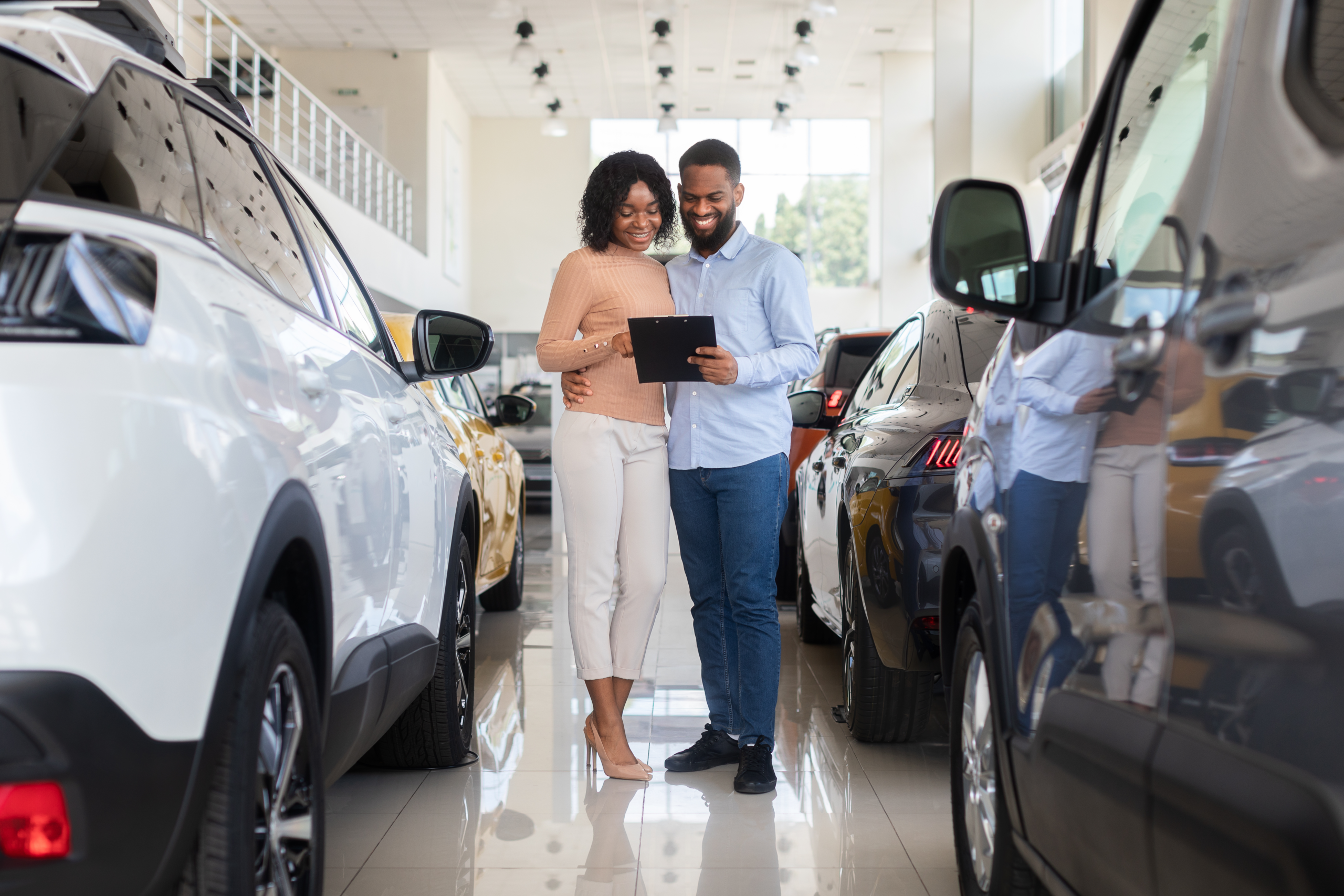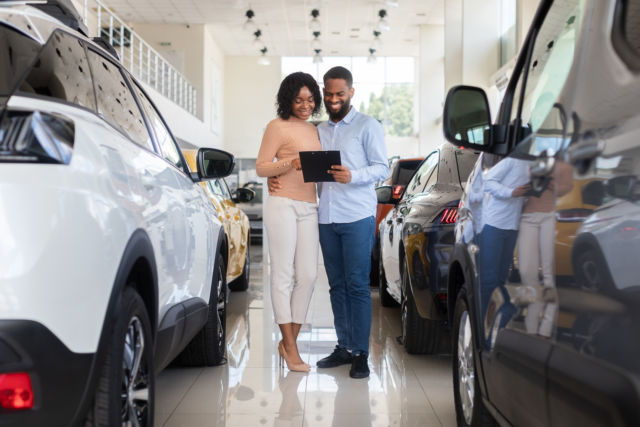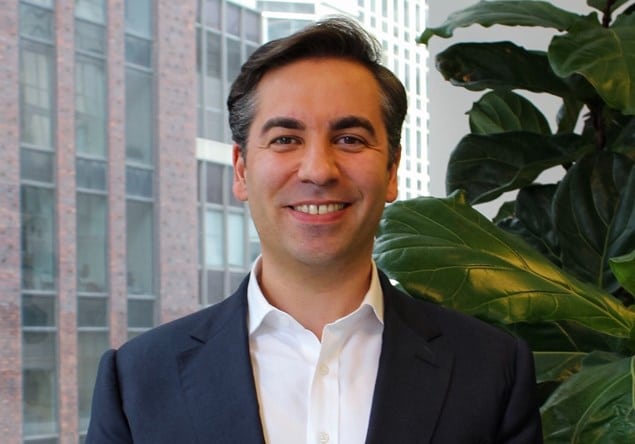
The Future of the Car Dealer
Vehicle dealers are in the midst of significant change as the actions and priorities of consumers, OEMs and the government are transforming the future of vehicle distribution in all markets driving consolidation, multi-channel digitisation of consumer journeys and EV adoption.
Despite this change, the traditional (physical site) dealer still has an advantaged business model in many ways given the strong trust dealers have (70% would prefer to see the car before purchase) and in particular the impact of OEM brands (Consumers are 15%pts more likely to buy online from an OEM-branded dealer) and the economic advantages of combining new/used/aftersales, stock access and a low logistics costs relative to online pure-plays. But they’ll need to adapt to thrive – and quickly.
There are some imperatives dealers will have to address to thrive in the new environment. Investing in slick multi-channel customer journeys and refocusing their approach to brand and site portfolios and capturing aftersales, with OEM dealers harnessing EV as a catalyst to win back share from the aftermarket. In doing so they will have to balance national distance-selling vs focusing on local segments where repeat rate and servicing capture is highest.
Beyond those “no regrets” evolution to the model, dealers also have the option to participate in new strategic business models. For example, focusing on segments of demand like aftersales only, or establishing multi-marque sites. We expect to see some consolidation in the market to achieve this.
Ultimately, those who change will win. Those who stick with the status quo will find it difficult to keep up with the modernised offerings of their competitors.
To find out more about our experience in this field, contact our experts.







